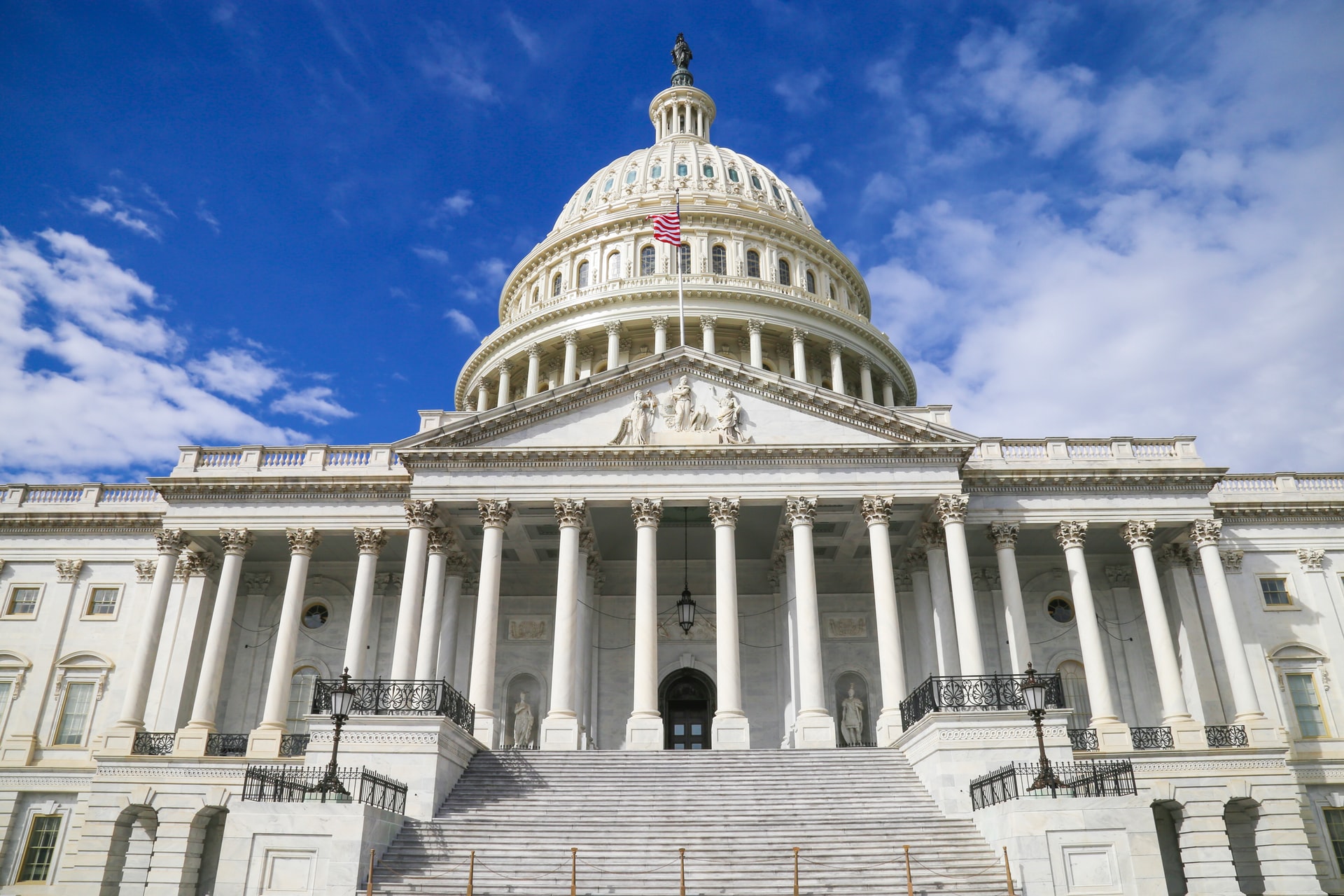Aviation Industry Seeks Government Help as Pandemic Spreads
Airlines ask feds for $50 billion, airports seek $10 billion as travel plummets
By Matt Neistei
Published March 23, 2020
Read Time: 3 mins
Airlines struggling in the wake of the national public health response to the coronavirus pandemic asked the federal government for more than $50 billion in relief last week.
Orders from public health officials to “stay at home” and the practice of social distancing in public — maintaining a distance of six feet or more from others in order to reduce the chances of transmitting the COVID-19 disease — have devastated the travel industry, from commercial air carriers to hotels to rental car agencies.
Airlines for America, an industry trade organization, said it is seeking $25 billion in grants, $25 billion in low-interest loans and significant tax relief to help buoy carriers who have seen ticket sales and passenger numbers drop to levels lower than those in the immediate aftermath of the terrorist attacks on Sept. 11, 2001.
President Donald Trump has said, “We don’t want airlines going out of business,” and a Treasury Department proposal to help keep the overall U.S. economy afloat earmarks $50 billion for passenger air carriers and $10 billion specifically for airports.
Airports find themselves in similar financial straits, hit by the double whammy of lower revenues from air carrier charges, which provide operating fees, as well as lower income from concessions, parking and other amenities as far fewer people move through their terminals.
Airports Council International-North America has increased its estimate of airport losses this year to $14 billion, and the industry group said it expects that number to keep rising. ACI-NA, along with the American Association of Airport Executives, wrote a letter to congressional leaders last week asking for $10 billion in economic stimulus support for airports.
The private jet company industry has also asked to be included in any sort of government support for the aviation sector, noting that fixed-base operators and numerous small businesses rely on their network.
“Due to the nature of the COVID-19 pandemic, there is currently no certainty as to when economic conditions will improve, which threatens the survival and prospects of thousands of general aviation businesses,” the National Business Aviation Association wrote to congressional leaders last week.
A broad economic bailout package of some sort is supported by most lawmakers, although there are differing opinions regarding what types of conditions should come attached to the taxpayer money for airlines, specifically.
At least one leading industry group says the situation is already critical.
“By the end of May 2020, most airlines in the world will be bankrupt,” said the Australia-based Centre for Aviation in a statement issued last week. “Coordinated government and industry action is needed—now—if catastrophe is to be avoided.”
Most major airlines have announced severe reductions in their flight schedules in addition to offering voluntary furloughs for employees and reducing or even eliminating some executive salaries. It’s unclear how long these changes will last, given the uncertain timeline of the pandemic.
Likewise, airports are looking for ways to cut back spending, although the very nature of the facilities limits just how much they can tighten their belts.
“There’s a lot that we have to do regardless of whether there is one plane and one passenger, or 50 planes and 5,000 passengers, in a day,” Christina Cassotis, CEO of the Allegheny County Airport Authority, told the authority board last week.
Pittsburgh International Airport, which is operated by ACAA, instituted new cleaning protocols and other safety procedures in January to protect passengers and employees. Now, it’s offering voluntary furloughs and cutting back on non-essential operations in order to weather the financial hardships battering the industry.
PIT officials say they support the ACI-NA letter seeking federal assistance, but they are prepared to endure the COVID-19 crisis while maintaining air service for the community and a safe environment for customers and staff regardless of any government help.
“We see a way forward,” Cassotis said. “We know that when the industry emerges, we will too, and we will be ready.”
Watch
This Next
Read
This Next






